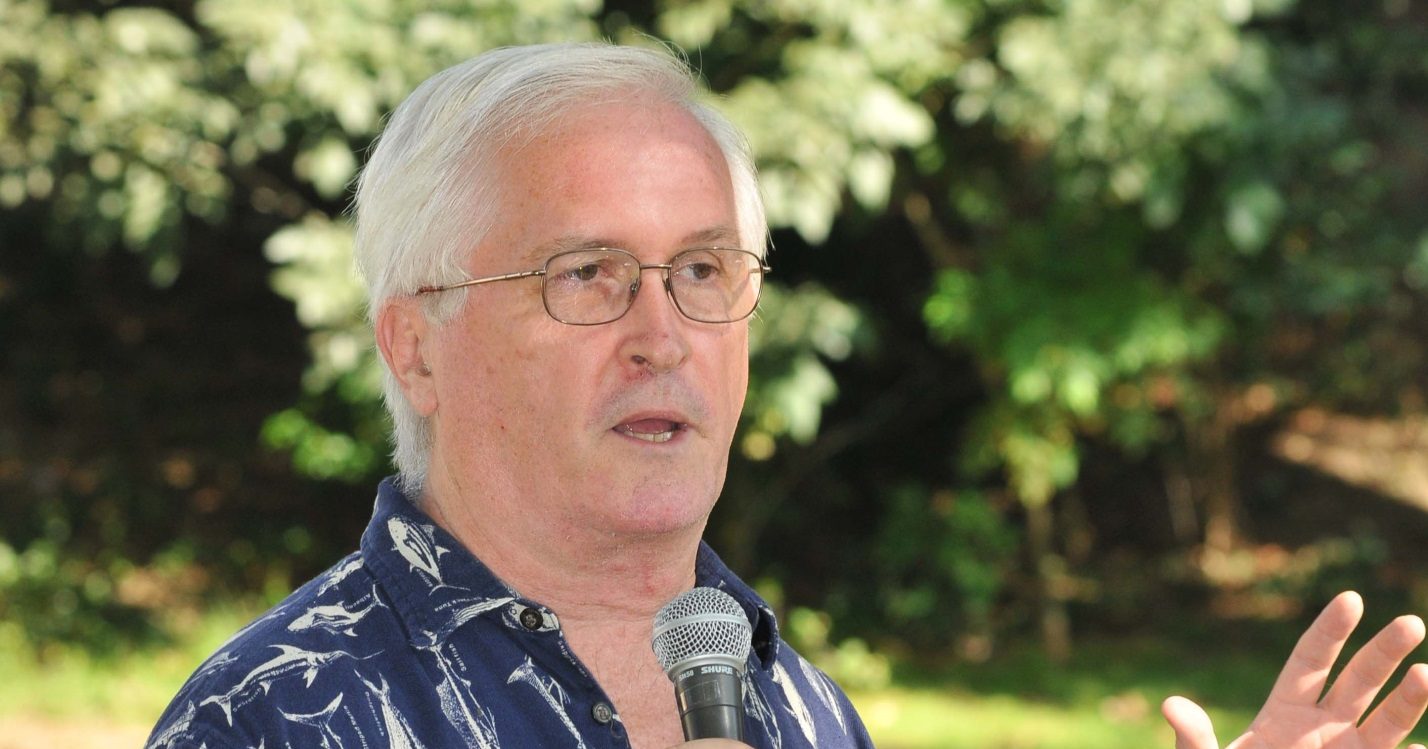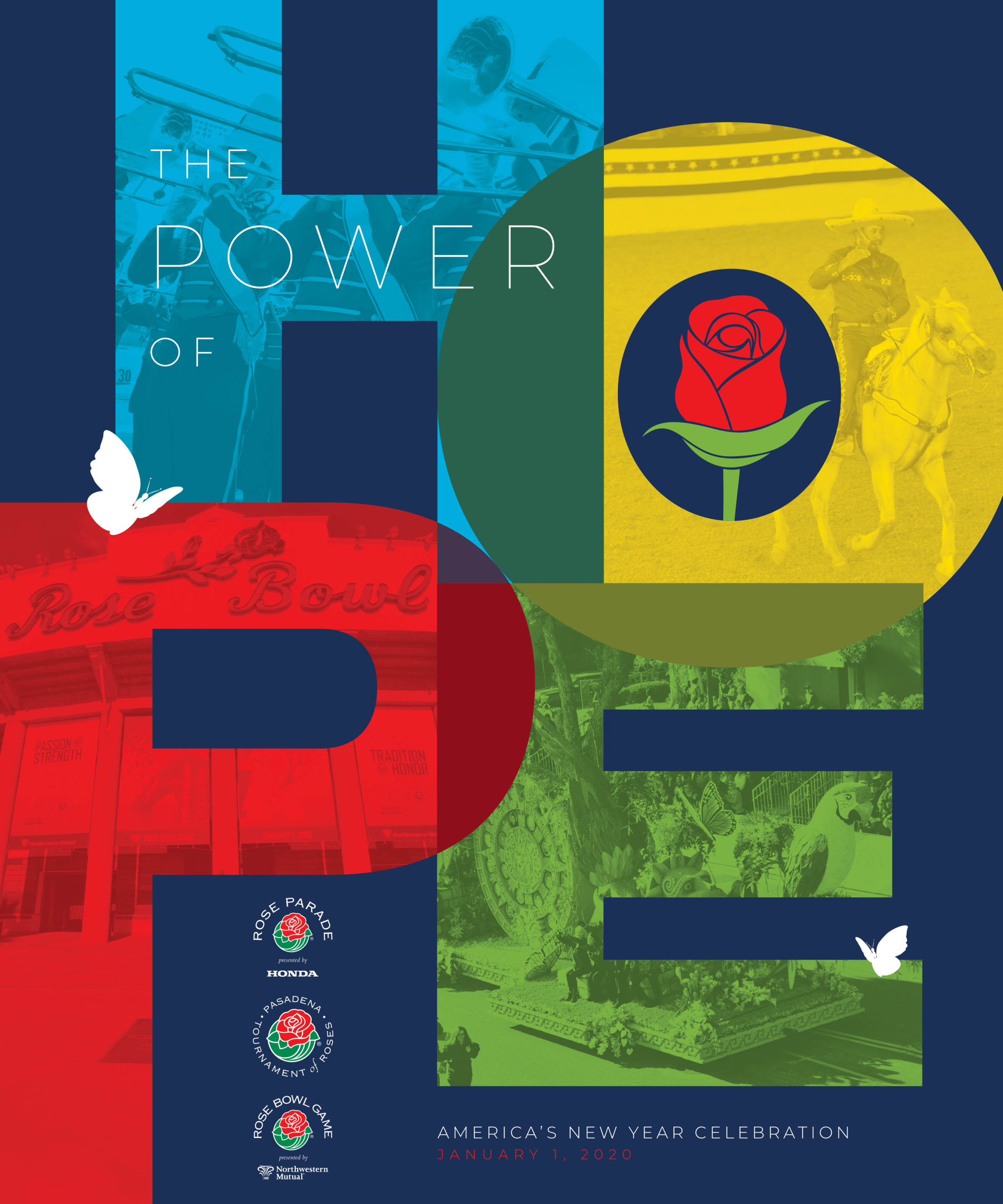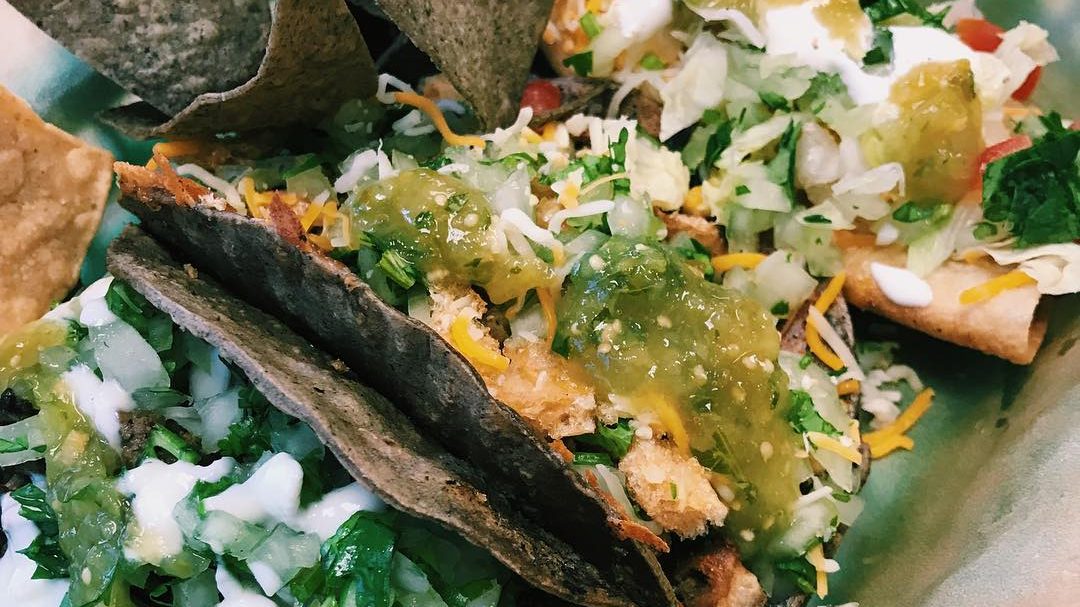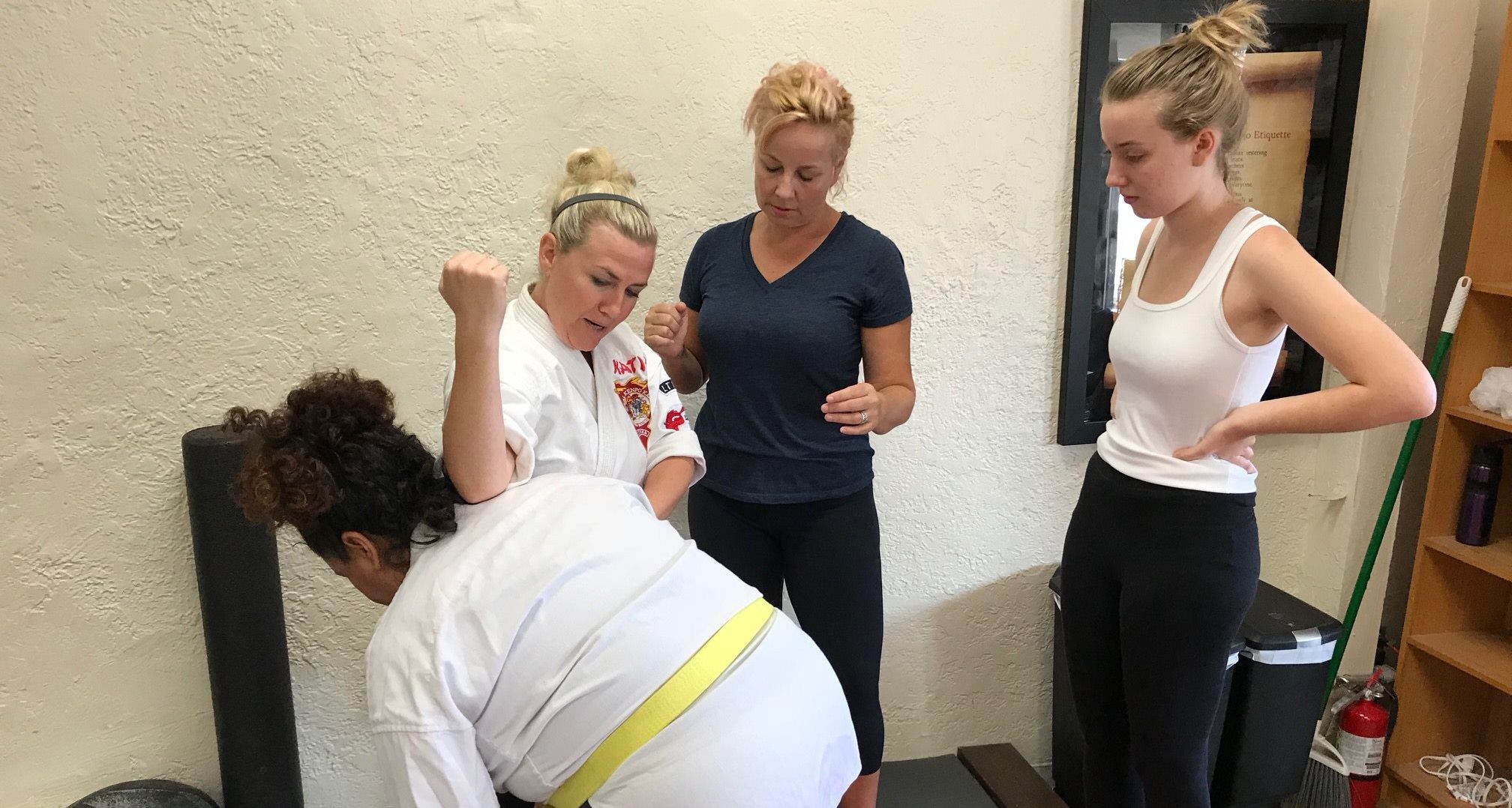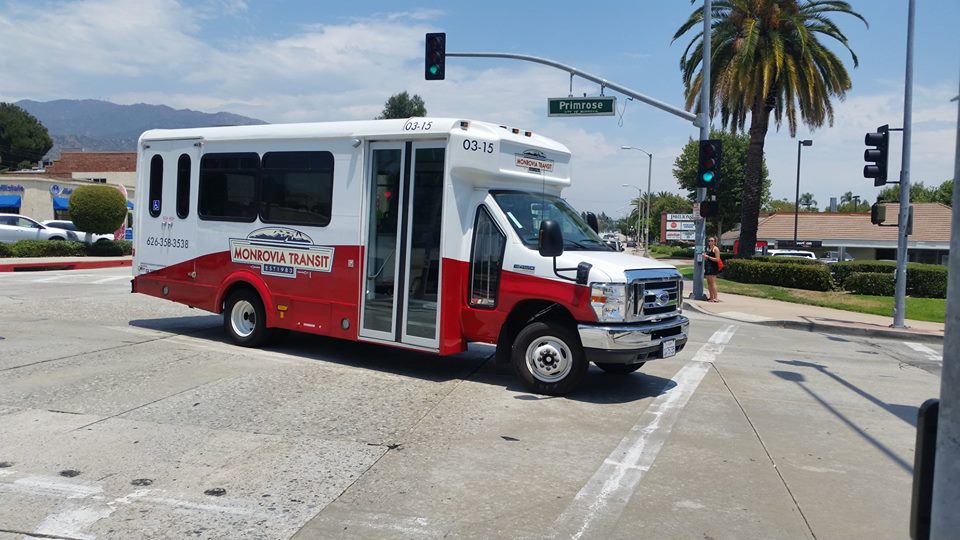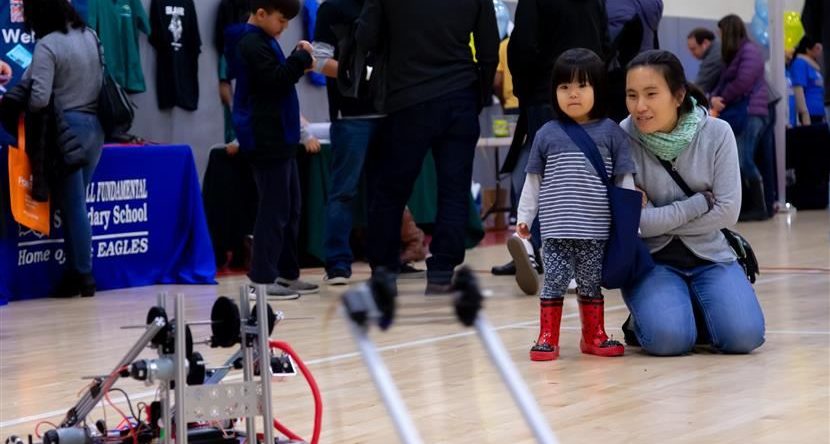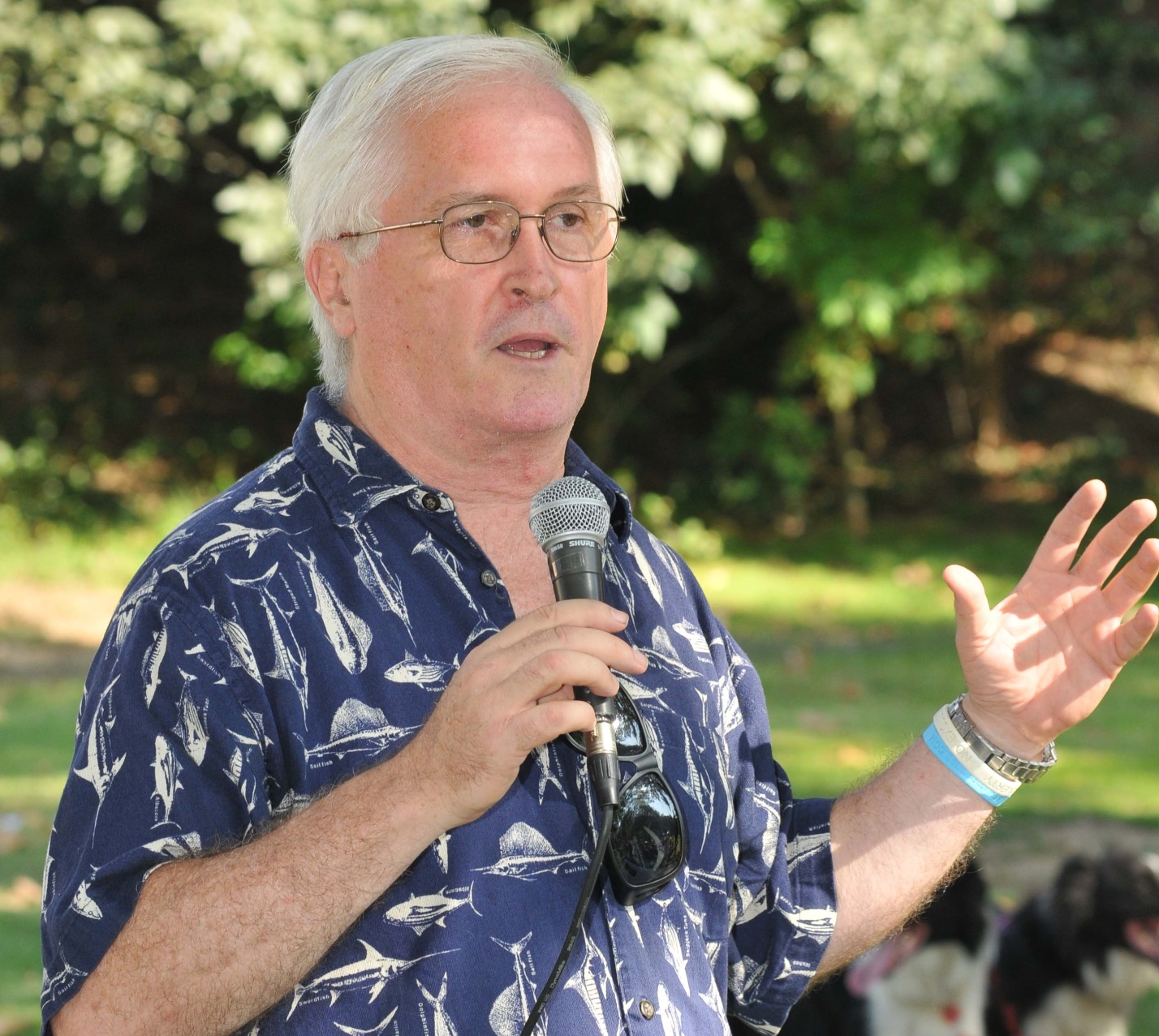
By Terry Miller
In the first report of the new year, Pasadena City Manager Steve Mermell outlined the city’s plans for Hahamongna Watershed park that has garnered significant negative publicity in recent months from environmentalists.
According to Director of Public Works Ara Maloyan, tree and shrub planting restoration began in Hahamongna Watershed Park Jan. 14, 2019. The project provides for approximately 5.81 acres of habitat restoration along the oak woodland sloped and riparian areas associated with the improvements in the western portion of Hahamongna Watershed Park per the adopted HWP Master Plan.
The project area includes both oak woodland and riparian habitat areas. The existing oak woodland areas on the project site include numerous mature coast live oak trees (Quercus agrifolia), as well as other native oak tree and shrub species, and natural oak hybrids. As is often the case in California’s woodland habitats, much of the oak woodland restoration in the Oak Grove area of Hahamongna Watershed Park is currently deficient in the following:
- smaller oak individuals (i.e., there is insufficient “recruitment” of oak seedlings and saplings of various age classes to provide mature trees for the future).
- native understory vegetation (e.g., shrubs, vines and perennials) that provides important ecological values including wildlife food and cover resources.
Instead of a native understory, the majority of the oak woodland currently supports invasive weedy herbs and grasses at ground level, while other areas exhibit only bare ground between the trunks of the oaks. The existing riparian area on the project site is in a substantially deteriorated condition, mainly due to unauthorized vehicle encroachment, pedestrian activity, and adjacent land use maintenance activities. For these reasons, habitat restoration activities are proposed within the project site to improve oak woodland and riparian habitat quality and resulting ecological values.
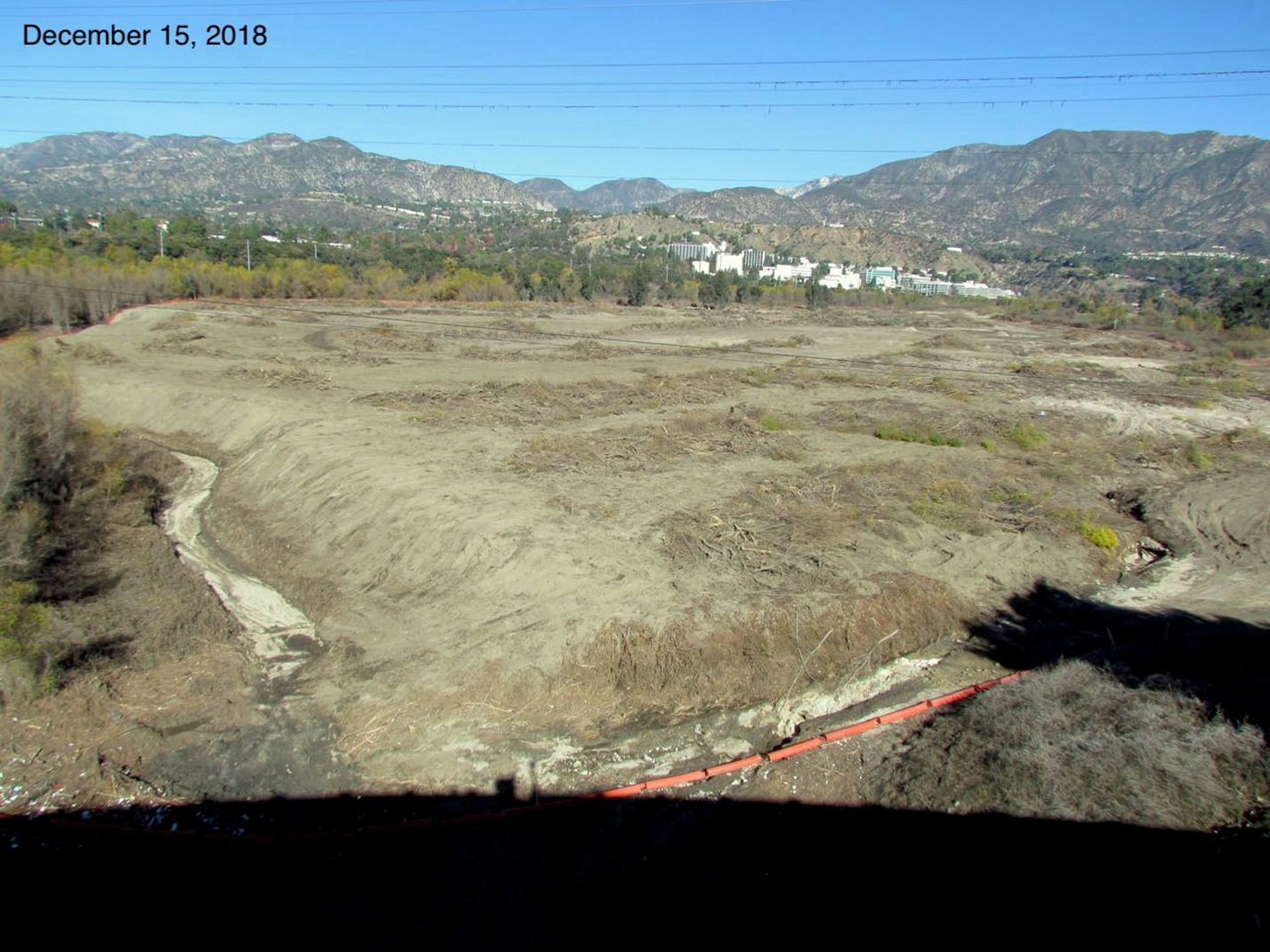
The habitat restoration activities on the project site would include the following tasks, dependent on location:
- Restoration of an approximately 4.77-acre oak woodland area via establishment of up to 58 new oaks via the direct sowing of locally-collected oak acorns and the planting of oak seedlings in protective exclosures (cages) with subterranean root guards.
- Restoration of an approximately 1.04-acre riparian area via establishment of up to 12 new western sycamores (Platanus racemosa) via planting of 15-gallon specimens.
- Establishment of native understory plant species including up to 1,198 shrub and herbaceous container plants propagated from cuttings/seeds of local genetic origin, to be planted in association with the new oaks and sycamores.
- Installation of a new irrigation system to support the restored habitat. Irrigation system installation is assumed to involve a 4-foot-wide disturbance area for trenching the main line and a 2-foot-wide disturbance area for trenching the lateral lines. All other irrigation components (e.g., bubblers, flow sensors and valves) would be within the disturbance area assumed for the understory planting.
- Non-native plant species removal, including a total of eight non-native trees/saplings, one large non-native cactus patch (Opuntia sp.), and weedy shrubs/herbs/grasses.
- Non-native tree species to be removed include: Bailey acacia (Acacia baileyana), Brazilian pepper (Schinis terebinthifolius), carob (Ceratonia siliqua), and shamel ash (Fraxinus uhdei).
The proposed project would be constructed over a period of approximately two months, anticipated to be from around Jan. 14 to March 31, 2019. No import or export of soil would be necessary to implement the project. Soils generated by shallow excavation for irrigation system installation and tree planting would be redistributed evenly at the surface within the project site.

